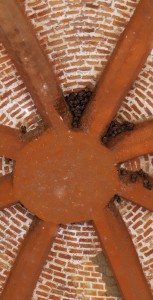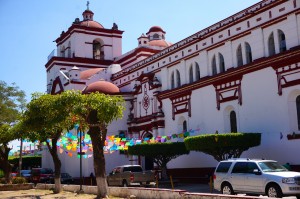- Some initial thoughts on Chiapas, Mexico
- Cañón del Sumidero, Chiapa de Corzo, and San Cristóbal de las Casas, Chiapas, Mexico
- Zinacantán and Chamula, Chiapas, Mexico
- Walking around San Cristóbal de las Casas, Chiapas, Mexico
- The road to Palenque, Chiapas, Mexico
- Bonampak and Yaxchilan, Chiapas, Mexico
- Villahermosa, Tabasco, Mexico
After a fairly underwhelming night in our hotel, we were off with our guide, David, to one of the most scenic areas of Chiapas – the Cañón del Sumidero. This canyon, a major cleft formed by the Rio Grijalva, is part of the crest of Chiapas originally presented by the Spanish. This is an amazing canyon with walls that climb to nearly 3000 feet (at the highest point) on both sides of the river. The area is teeming with very diverse vegetation and animal life – including the crocodiles, spider monkeys, and many species of birds that we saw on the boat ride that we took along the canyon. On our boat, we were surrounded by a tour group from Finland, who were a pretty fun bunch. There were a few down notes on that part of the trip – the road in was blocked by a number of the boat drivers who had been recently fired for asking for a raise. There also was a lot of garbage in the river. All-in-all, it was an amazing trip!
Nearly adjacent to the canyon is Chiapa de Corzo – the original capital of Chiapas. The problem was that this capital was in the lowlands, which was hot and uncomfortable for the Spanish. It also was surrounded by the indigenous people who regularly attacked the Spanish, causing them not a small bit of disquiet. Consequently they moved the capital to San Cristóbal, which was up at 7000 feet, with a much cooler climate. Chiapa de Corzo was turned over to the indigenous people. Chiapa de Corzo is best know for its wood carving with intricate (as well as massive [e.g., church altars) displayed all over Mexico. They are also known for their lacquer work. Probably the most famous sight in the town is the 16th century Fuente Colonial, a fountain built inside a structure built in the shape of a Spanish crown. Interestingly, there is a large ceiba tree that towers over the fountain. In Mayan culture, the ceiba plays an important role, connecting the terrestrial world with the underworld and the skies.
From Chiapa de Corzo, which sits in a fertile valley, we drove up into the Altas to the second capital of Chiapas – San Cristóbal de las Casas. The city is up at about 7000 feet and is surrounded by mountains and large pine forests. It still retains much of the colonial charm from the time when it was the capital. Many of the old mansions built by the conquering conquistadors and some of the churches (especially those of the Jesuits who were ejected for a period from Mexico) have been turned into hotels, restaurants, shops, etc. The city center is very contemporary and is geared to tourism – which has increased significantly since the Zapatistas briefly held the city in 1994. There is still a bit of an air of revolution in the air and you see a lot of political posters around. This is also the market center for the many Mayan communities that surround the city. The textiles are absolutely beautiful. Most are handcrafted, although more people are starting to use sewing machines. The “dirty little secret” is that an increasing percentage of the textiles sold in the market actually come from Guatemala. Tomorrow, we head off to a couple of the Mayan villages to experience life there.
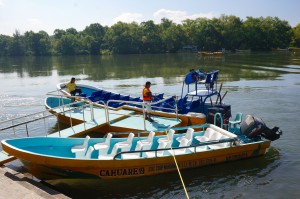
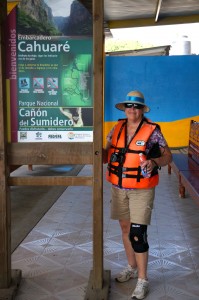
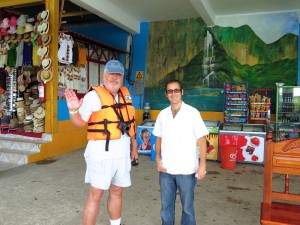
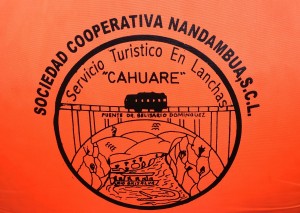
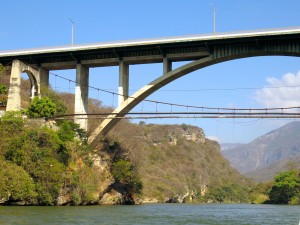
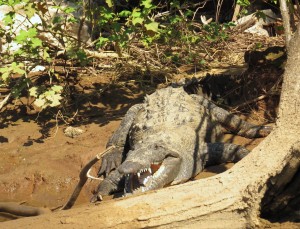
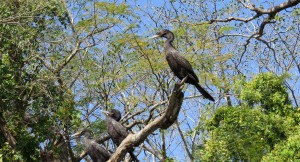
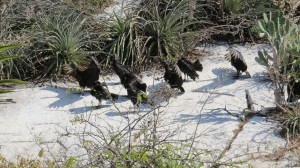
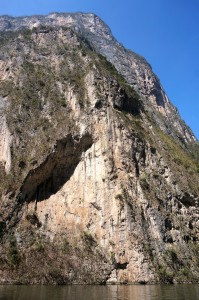
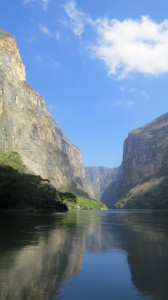
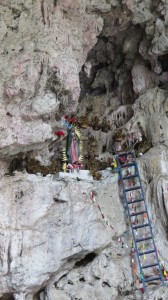
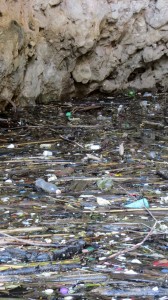
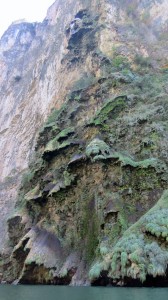
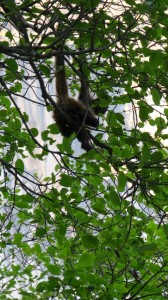
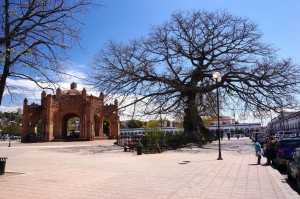
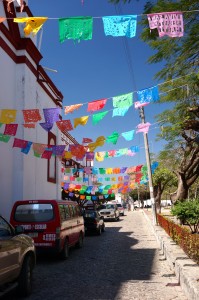
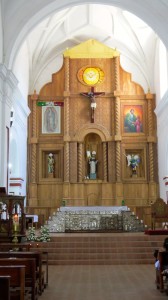
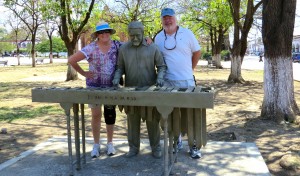
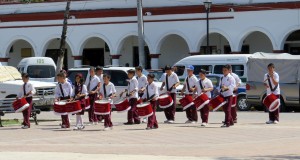
This entry was posted in Chiapas, Mexico, Travel
